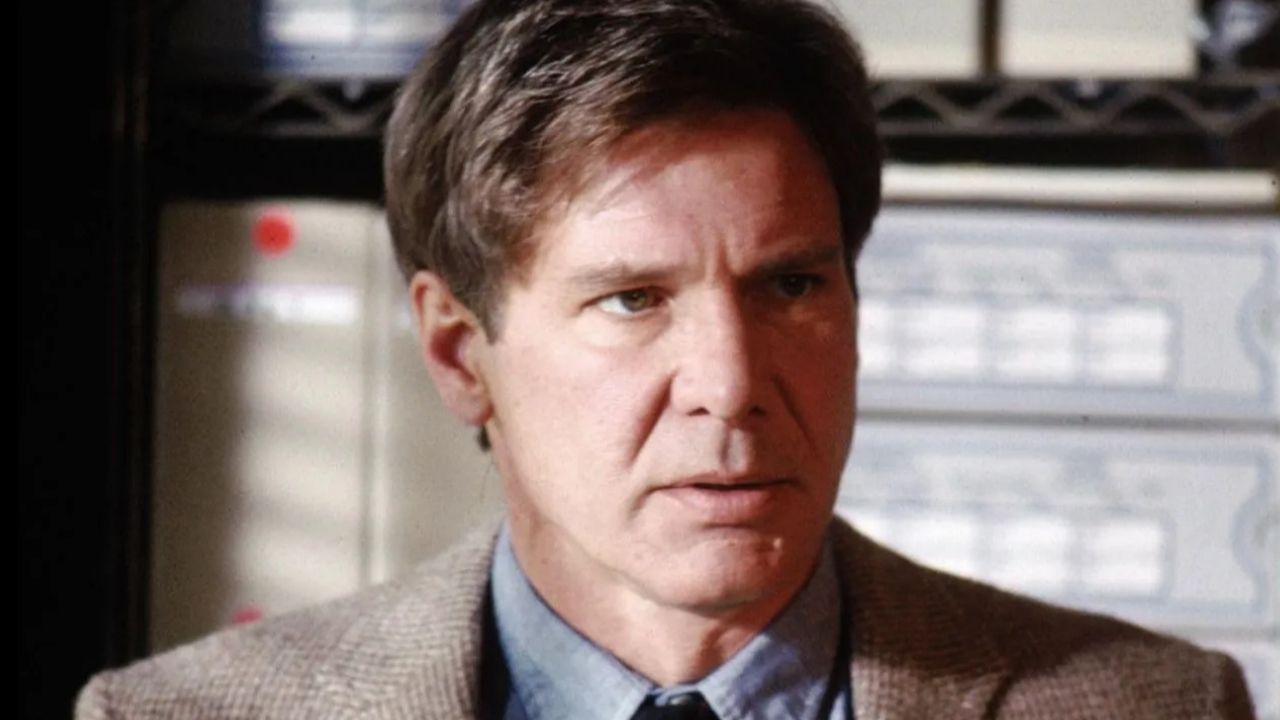We love movies. There isn’t much better than falling into a great movie and getting lost in its story. It’s one of the great escapes we have from reality.
The way movies have been made has changed over the years thanks to some incredible directors.
Listed here are some of the more iconic directors who have put their fingerprints on filmmaking and changed how movies have been and will be made in the future.
1. Fritz Lang
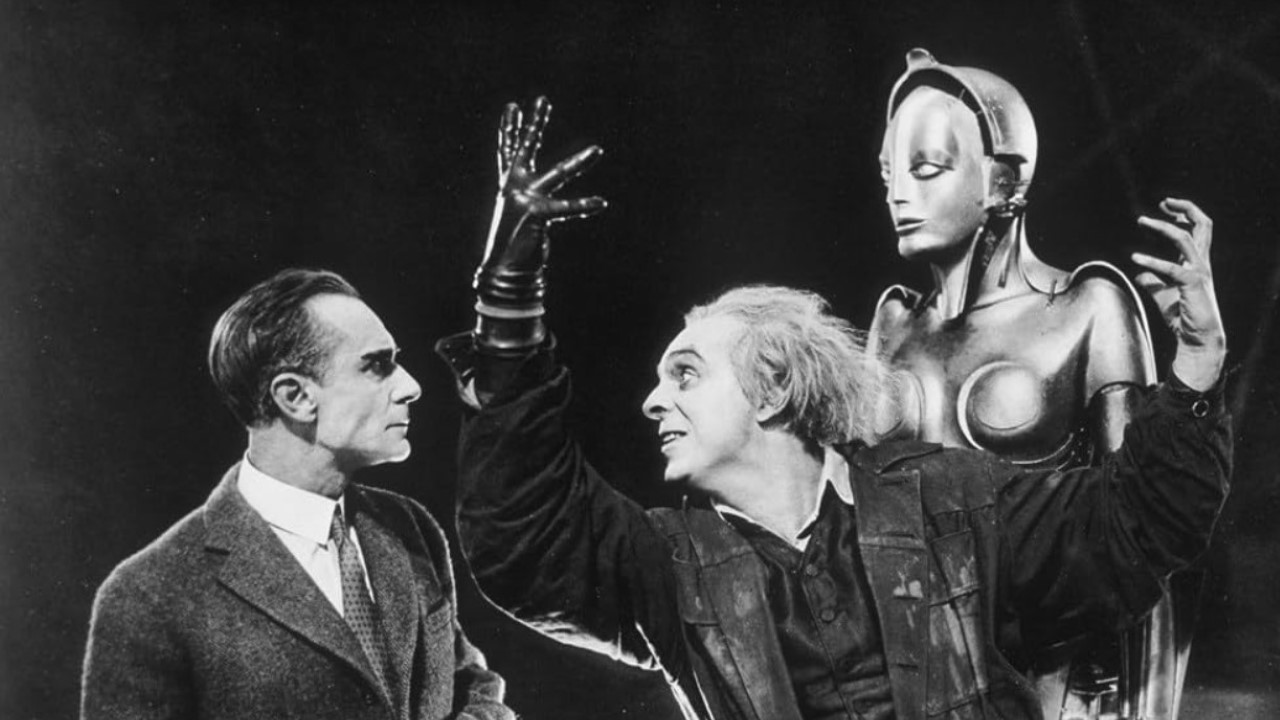
A name you might only recognize if you are a true film historian. Fritz Lang directed one of the most iconic sci-fi films of all time in 1927, Metropolis. What is even more impressive is that he did it all in the silent film era. Lang helped revolutionize special effects, using the Schüfftan process, a system that uses mirrors to create special illusions on set. This process is still used today. Some of the best directors, like George Lucas, Christopher Nolan, and Stanley Kubrick, have cited Lang as an influential figure in their work.
2. Steven Lisberger
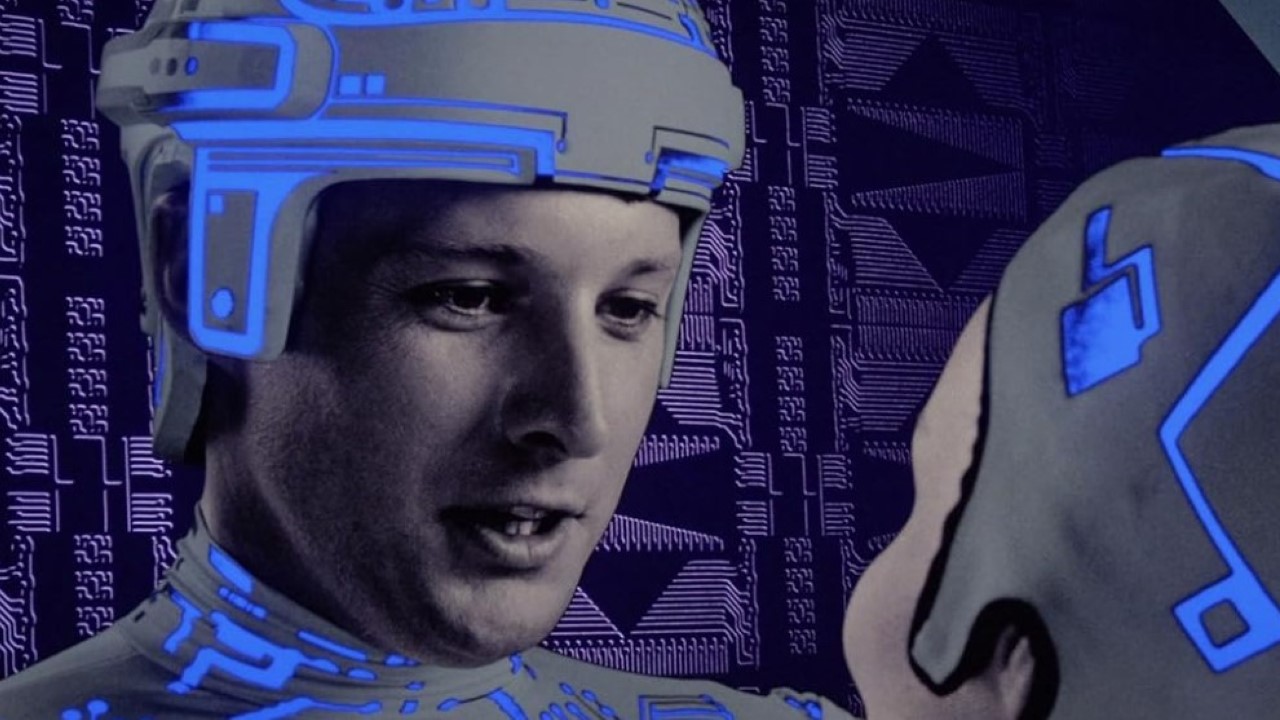
Another name you might not recognize is Steven Lisberger. But, if you have seen the sci-fi film Tron, you might understand why he is on this list. Lisberger directed the cult classic in 1982 and is credited with being one of the first to combine live-action and animation in his film. He has also been credited for bringing transmedia storytelling into filmmaking, a concept that George Lucas would go on to perfect.
3. Kathryn Bigelow
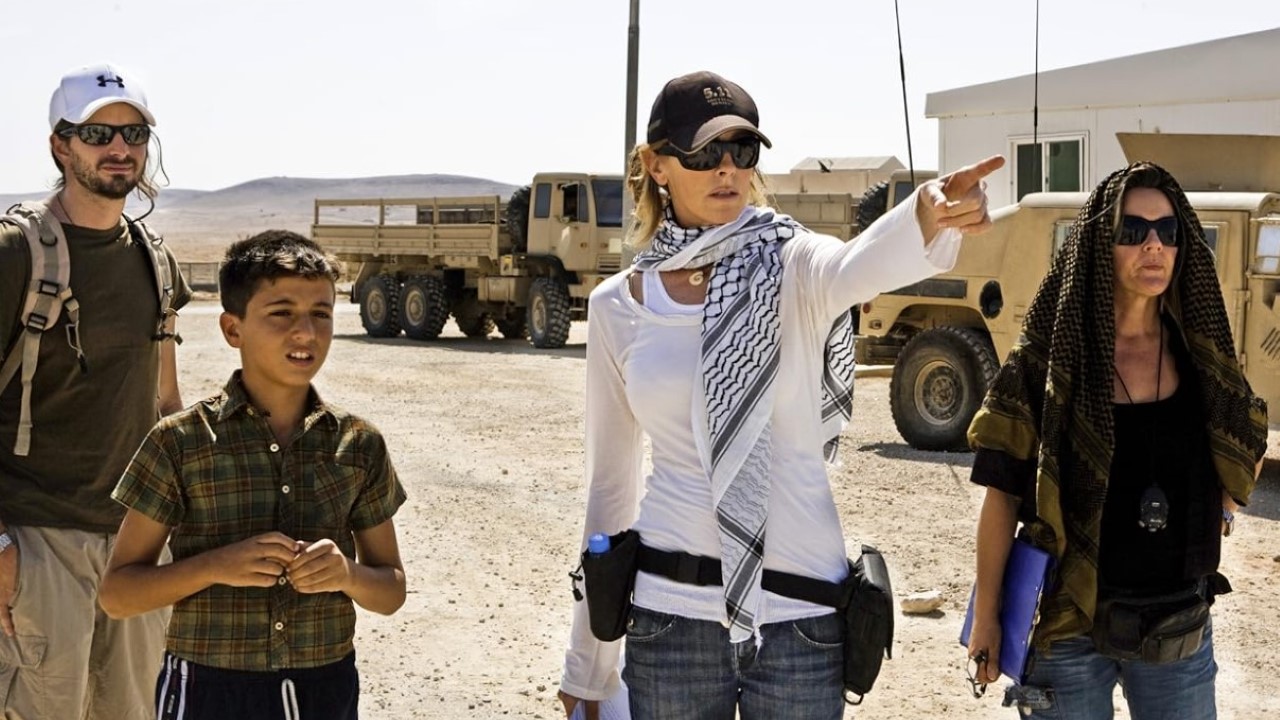
Bigelow has been a trailblazer for female directors in Hollywood. In a male-dominated field, she was the first female to win an Oscar for Best Director in 2009 for her movie, The Hurt Locker. She has since gotten nominations for Zero Dark Thirty (2012) and Detroit (2017). Her career achievements landed her on Time Magazine’s 2010 list of 100 most influential people in the world.
4. John Carpenter
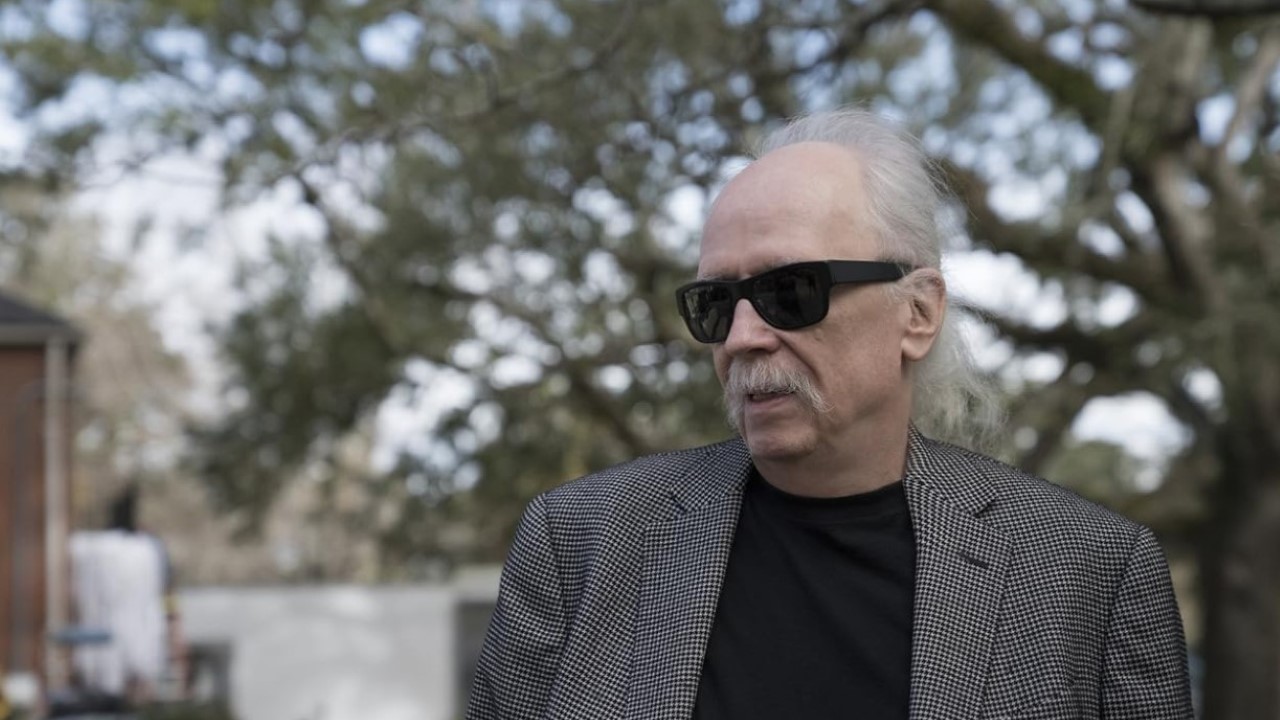
John Carpenter has set the standards for films that fall into the horror/slasher genre. A student of other directors, he helped create the famous horror movie franchise Halloween on a budget of only $325,000. He added suspense by creating holes in the film, where the audience supplies the means to create a scary scene. Very few directors have been able to re-create these frightening effects. He went on to other projects but will forever be known as the director who brought slasher films to the mainstream.
5. Stanley Kubrick
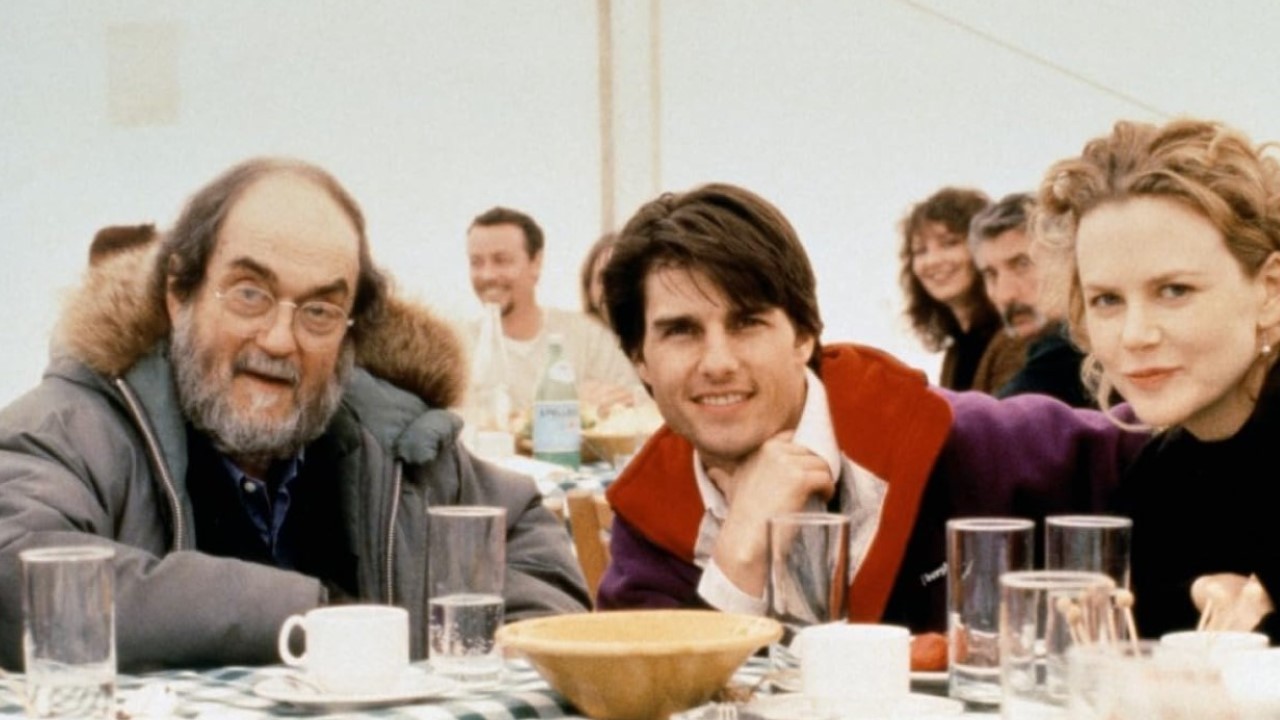
Many film historians believe there might not have been movies like Star Wars or Star Trek if Stanely Kubrick hadn’t made 2001: A Space Odyssey years earlier in 1968. Kubrick was one of the first filmmakers to use front projection and retroreflective matting, techniques that green screens would eventually replace. Most of Kubrick’s films are considered masterpieces, including The Shining (1980) and Full Metal Jacket (1987).
6. James Cameron
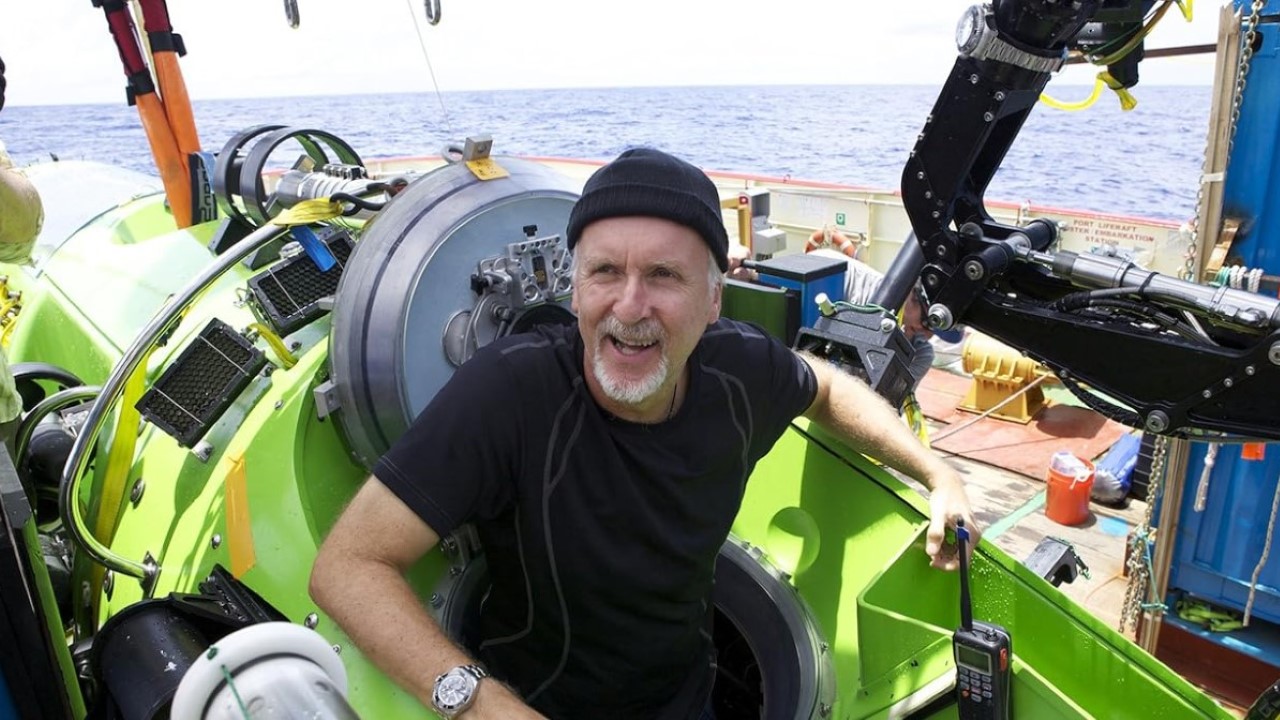
With some of the biggest blockbuster movies of the past 30 years directed under Cameron’s watch, there is no denying his influence on filmmaking. Cameron has been continually pushing the use of technology and CGI to the limits ever since he set the standards in Terminator 2. He has since nearly perfected CGI usage in films like Aliens, Titanic, and Avatar.
7. Christopher Nolan
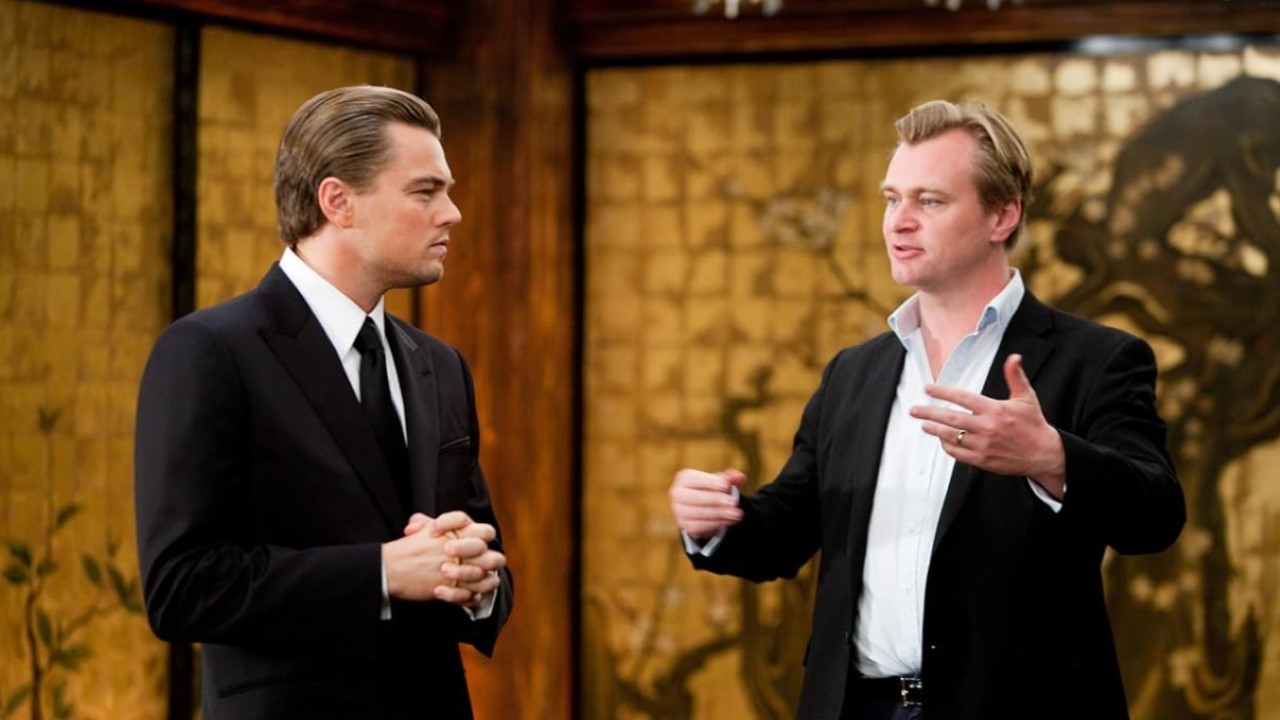
Nolan’s first commercial success was Momento, and it cemented his reputation as a great storyteller. He went on to re-invigorate the Batman franchise, which was also a huge success, and set new standards for superhero movies. He is known for his limited use of CGI and opts for practical effects instead. His stunning landscapes and action sequences in films like Dunkirk, Interstellar, and Inception have changed how audiences view a film. In his latest movie, Oppenheimer, Nolan was able to re-create an atomic bond explosion with minimal CGI, an awe-inspiring feat.
8. Steven Spielberg
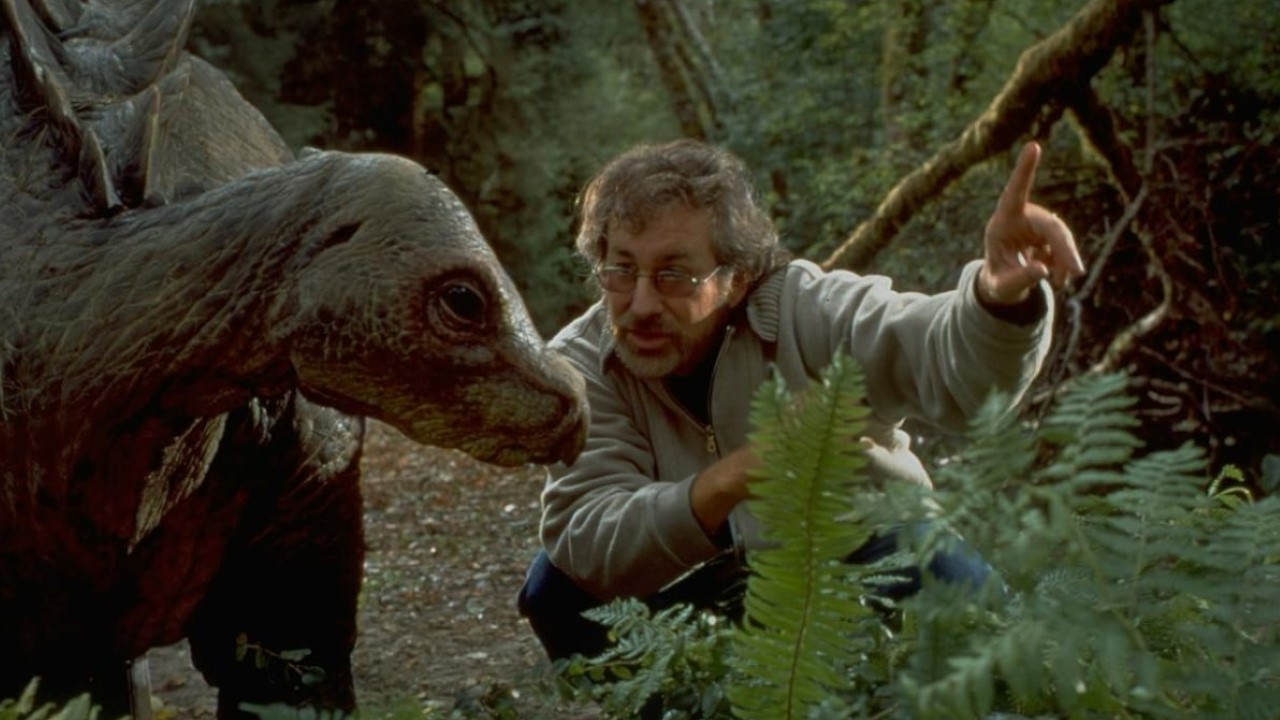
Steven Speilberg is a household name, but would you believe he jumped to the list of A-list directors by accident? That’s right! When working on Jaws, he was dealing with a mechanical shark that was always breaking down. Instead of quitting, he had the genius idea to provide suspense and fear by making it all up to the audience’s mind. Eeiry music and heavy build-up struck fear in the viewers. The shark was barely shown. Since then, he has gone on to direct some of the biggest hits of all time, like E.T. and Jurrasic Park.
9. George Lucas
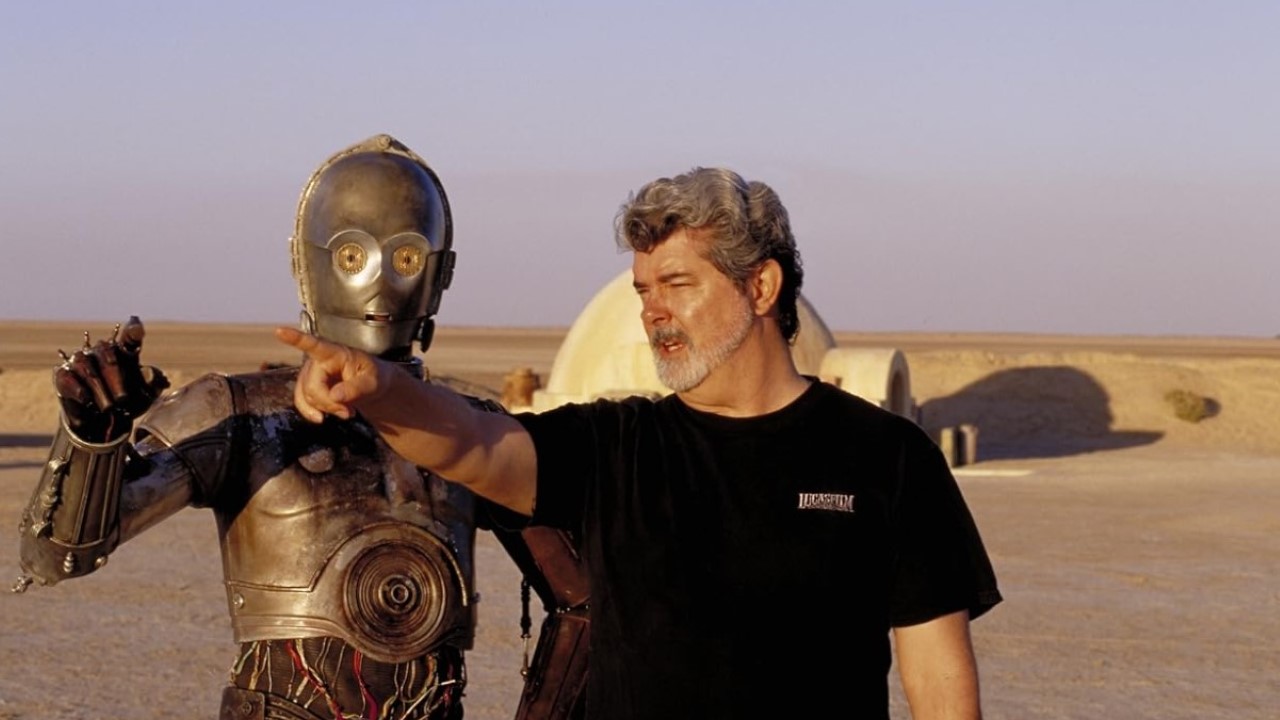
Lucas is the mastermind behind the biggest sci-fi franchise of all time. Lucas took the world by storm when he directed the original Star Wars films. The movies were groundbreaking and well ahead of their time. He continued to use new technologies in his following films. Many films that rely on heavy CGI would not have happened if Lucas hadn’t helped revolutionize digital film editing and cinematography.
10. Martin Scorsese
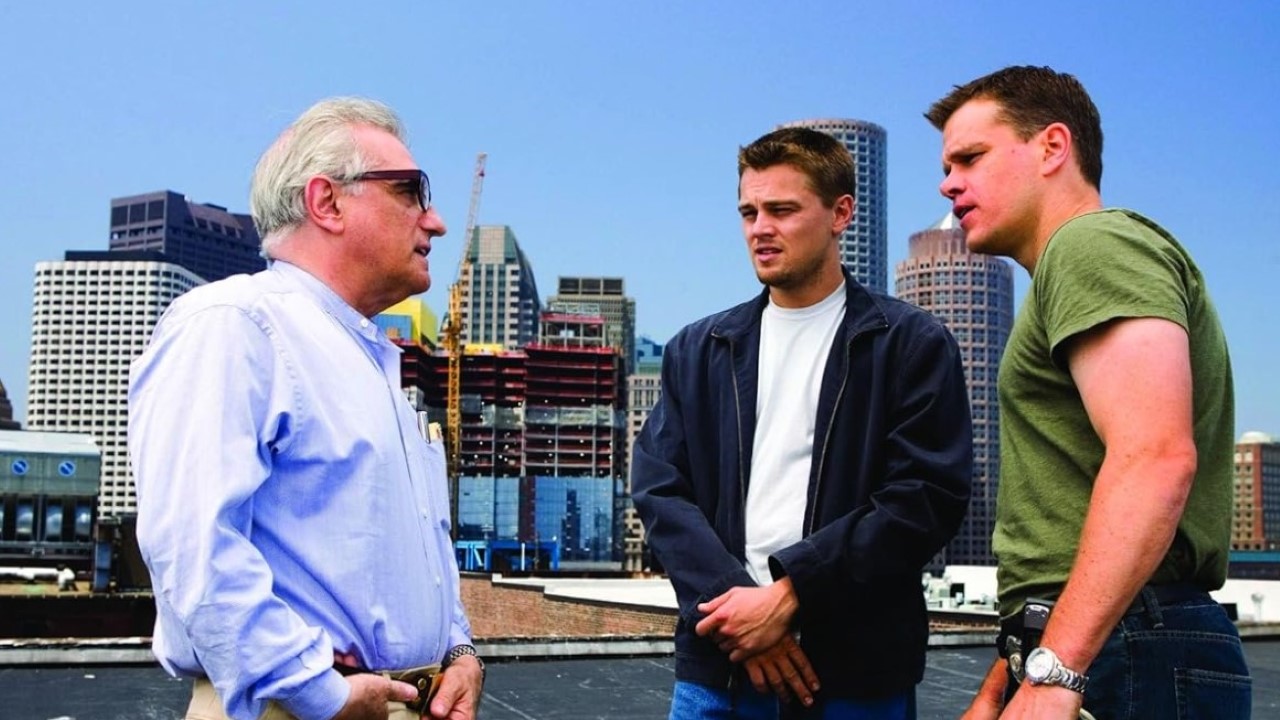
Martin Scorsese’s movies are often considered the benchmark of an excellent film. One of his greatest skills is bringing music into the visuals to enhance what the audience is viewing on the screen. The results have been some of the greatest soundtracks ever put together.
11. Alfred Hitchcock
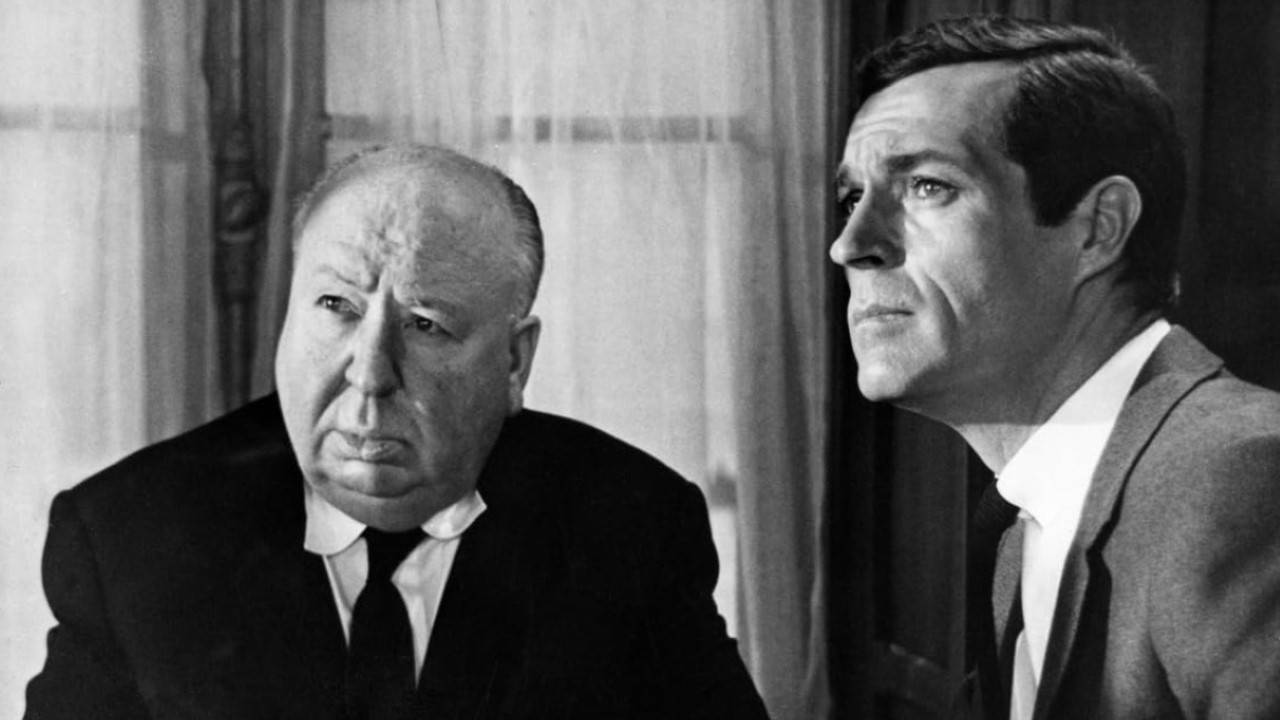
The man who started scaring a generation of moviegoers was one of the most impactful directors to ever step behind a camera. Without the use of CGI, Hitchcock used special camera frames, which increased viewer anxiety and made them feel like they were a part of the scene. He has influenced a few different generations of filmmakers, and his legacy is cemented as one of the best to ever do it.
12. Walt Disney
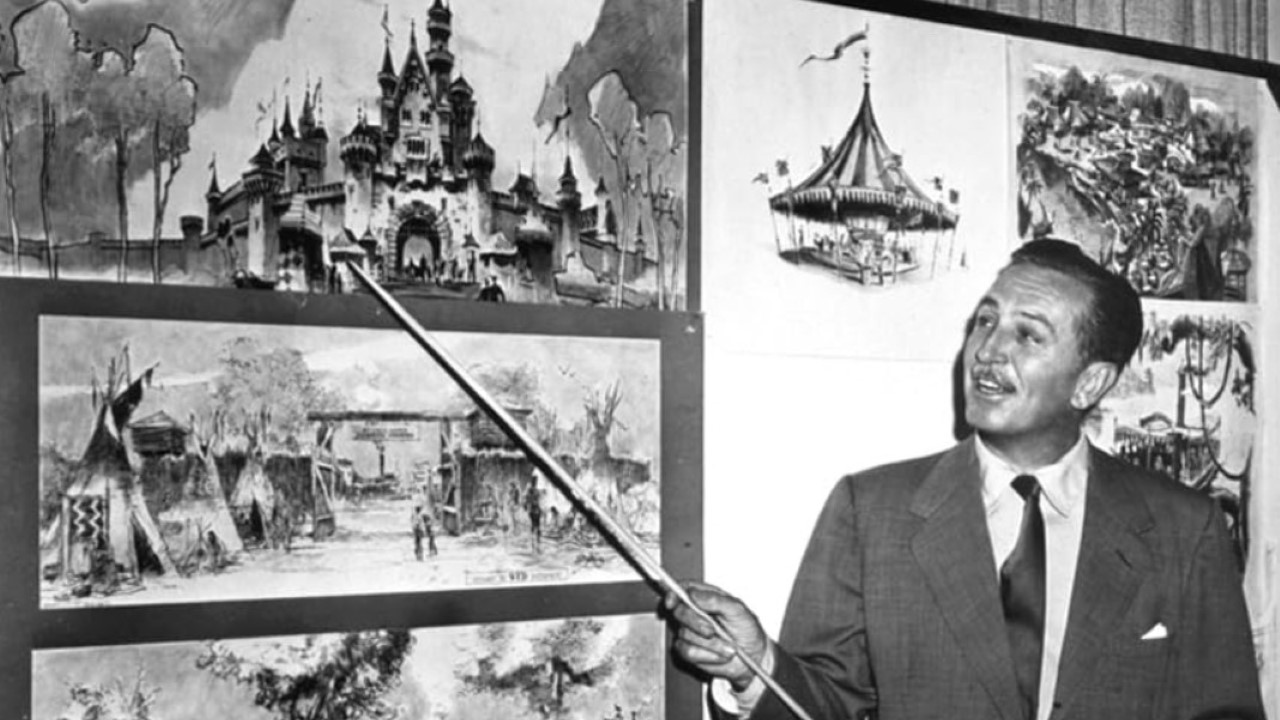
It’s hard to deny a man who created one of the biggest movie studios in the world on this list. While he quickly switched gears and went from director to producer, there is no denying that he shaped animation and set it on track to where it is today. Directed the first cartoon to feature Mickey and Minnie Mouse was Steamboat Willie in (1930). It would go on to create generations of Disney movies and fans.
READ MORE FROM US
